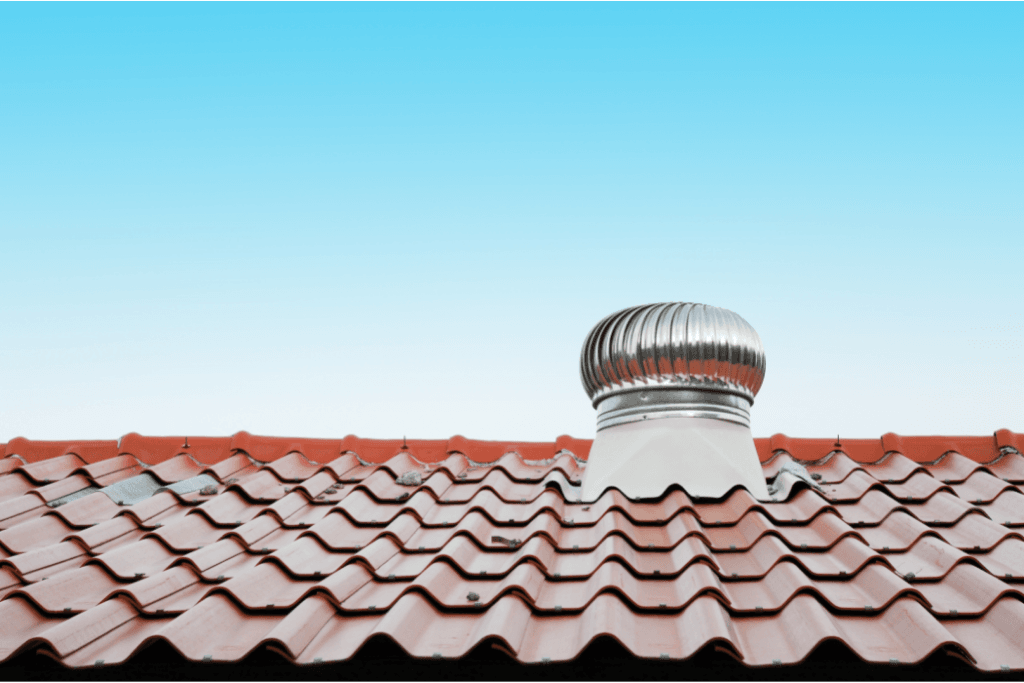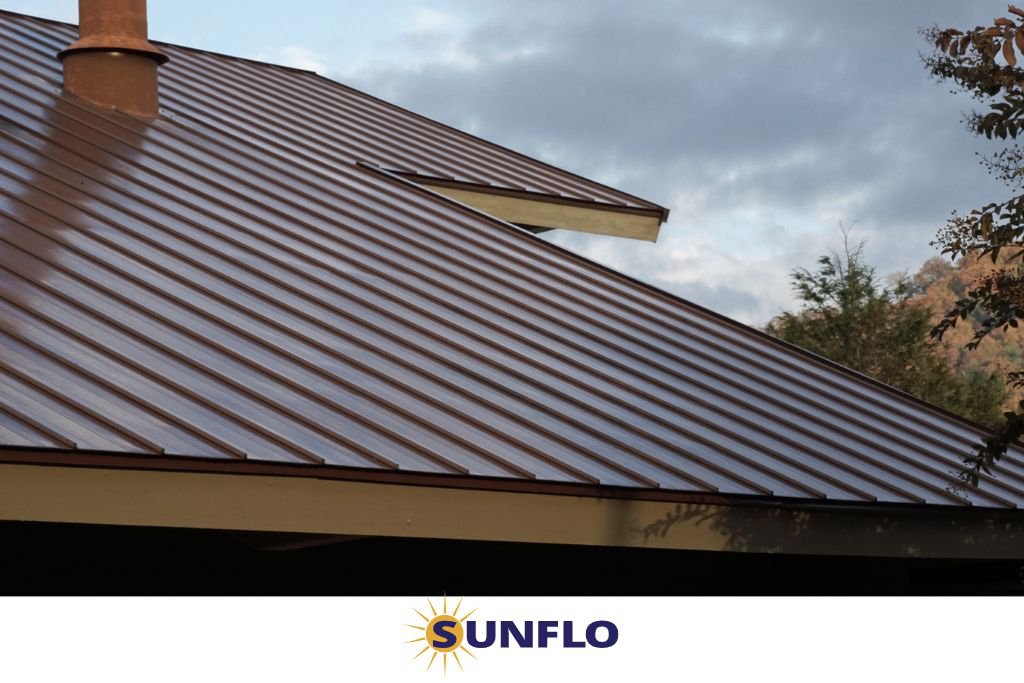While you may not think about it, your roof does far more than just keep your home protected from the outside world. It also helps maintain proper temperature and circulate air to avoid mold. This is mostly done through roof ventilation, which is a system allowing air to move through your attic and escape through vents. Roof vents may not be something you think about it, but it should be something your roofing professionals consider, especially in the hot, humid climate of Florida.
Components of Roof Ventilation Systems
There are a variety of potential components that can be installed in your roof ventilation system. A professional roofer, with knowledge of your local climate, should know and advise you on the best setup for your attic and roofing system.
There are different types of systems that you can familiarize yourself with:
- Mechanical: Setups requiring a power source and have moving parts, think exhaust fans.
- Natural: Setups that relying on airflow through the attic, often using the stack or wind effects.
No matter the type of system you install, you’ll need attic vents. There are several different types:
- Wind turbines: Rely on a constant source of wind.
- Box Vents: Allow hot air to rise and moisture to escape effectively.
- Soffit vents: Installed in the roof’s eaves and allow air to flow through.
- Ridge vents: Often paired with a roof exhaust vent, these distribute the hot and cold air.
- Roof vent caps: Provide an escape for hot air without needing a roof fan
All these types of vents essentially allow heat to escape the roof. Most work based on the stack effect. You’ve heard that hot air rises, well with the stack effect, the roof relies on the hot air rising to create high-pressure points in the roof. The vents either act as intake, allowing cooler air to flow in an attempt to normalize the pressure or they act as an escape for the warmer air.
More Than Just Vents: Power assist
While a natural layout of vents may help, especially if you live in a mild climate with consistent wind flow, in the hot humid Floridian climate, you’re probably going to need some power vents. A roof exhaust fan pushes out the hot air and moisture from the attic, rather than simply relying on pressure. Some exhaust fans run continuously, regulating the temperature no matter how hot or cold it is. Others are more eco-friendly and are controlled by thermostats, meaning they only turn on when needed.
What Setup is Best?
What it boils down to is that every roof and need is different. Even in Florida, where cooling is most often the priority, the layout, number, power needs, and more should be left to a professional. Having an optimal setup is important for several reasons. A well-ventilated roof will last longer, as the roof itself will stay cooler, thus baking your tiles or shingles far less. It will also help with cooling bills by allowing hot air to escape and keep your home itself cooler. Finally, allowing the heat to escape also allows the moisture to escape, meaning mold will lack a beneficial growth environment.
Having a professional, who knows your climate is important. At Sunflo, we only service homes in the State of Florida. We live and work in the sub-tropical weather and Florida sun. We’ve got the experience to keep your home as cool as possible with an optimal ventilation system installed with your new roof. Schedule an appointment today.









